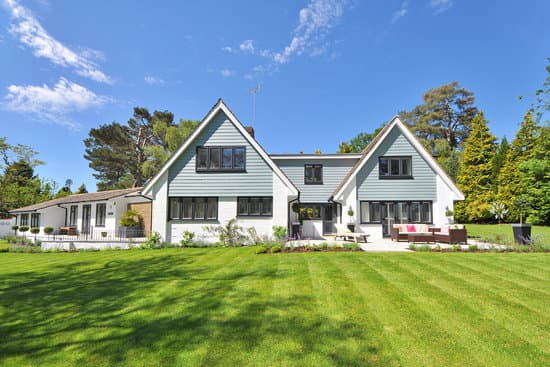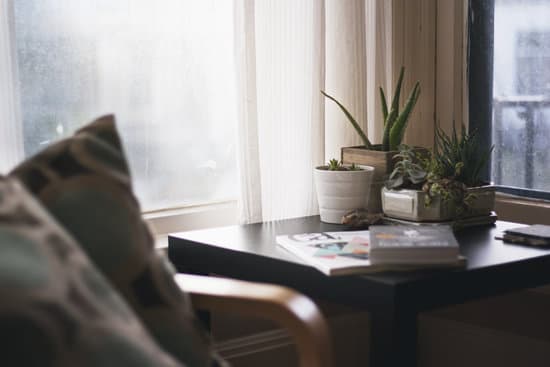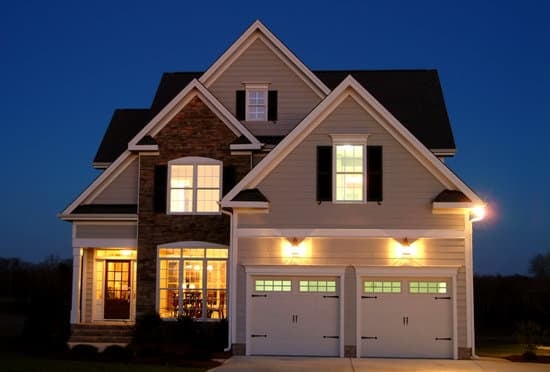The Importance of Sealing a Log Home
When you build a log home, there are specific things you must do to protect it and increase its longevity. One of the most important measures to take is the sealing of your home. Sealing helps to prevent damage and deterioration by weathering elements, UV rays, and humidity. Sealing also helps to preserve the beautiful and natural wood structure of your log home, ensuring that it maintains its aesthetic value.Preventing Shrinkage and Warping
Log homes are known for their intricate design and rustic beauty. However, they are also prone to shrinkage and warping. When logs dry out, they can shrink unevenly, causing gaps between them. This makes your home vulnerable to small pests and insects that can make their way inside. Uncontrolled shrinkage in a log home can also lead to warping and twisting, causing structural damage to your home. Proper sealing helps to keep logs moist, which reduces shrinkage and warping.How Water Enters an Unsealed Log Home
Water is the biggest threat to an unsealed log home. Usually, water penetrates an unsealed log home through tiny entry points. It then makes it way through the log grain, eventually causing rotting and decay. This can, in turn, lead to expensive repairs and renovations, or, in extreme cases, a complete rebuild. Sealing your log home creates an impenetrable barrier that helps to keep water and moisture out.The Benefits of Staining Your Log Home
Staining your log home goes beyond just aesthetic benefits, it is also a great way to maintain your home. Staining helps to protect and preserve the natural color of the wood and prevent discoloration. In addition to this, staining also helps to keep your home looking new for longer periods, and can go a long way in preventing rotting and decay. The UV protection that comes with staining prevents the natural aging of the wood.Log Home Sealing and Restoration Techniques
When it comes to sealing and restoration techniques, the methods vary based on the type of wood used and the desired finish. However, the most common techniques used are the liquid sealants and chinking. Liquid sealants are usually applied before the stain to create a strong seal. Chinking, on the other hand, is a technique used to fill in the gaps between the logs. Both of these techniques are great for sealing your log home and can be professionally administered by experts in the field.DIY Log Home Sealing and Maintenance Tips
Although it’s always advisable to seek professional services when sealing your log home, there are still some things you can do to maintain your log home on your own. Here’re some tips:- Check your log home regularly for any signs of wear, tear or rotting and address them immediately.
- For DIY sealing, use high-quality sealants to avoid repeat sealing expenses and to ensure your home is protected from weathering and UV rays.
- Clean your home regularly and remove any debris, dirt, and cobwebs to maintain your home’s aesthetic appeal.





















